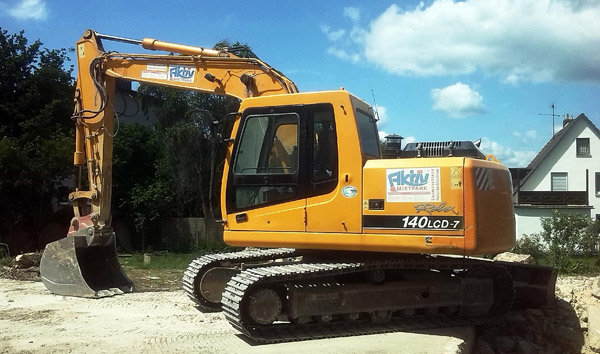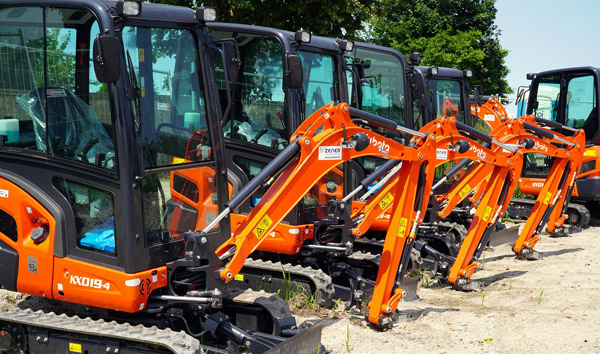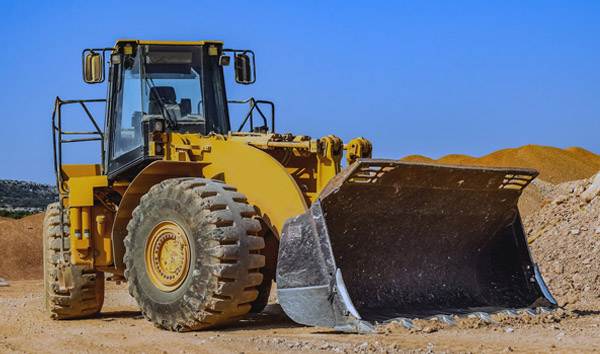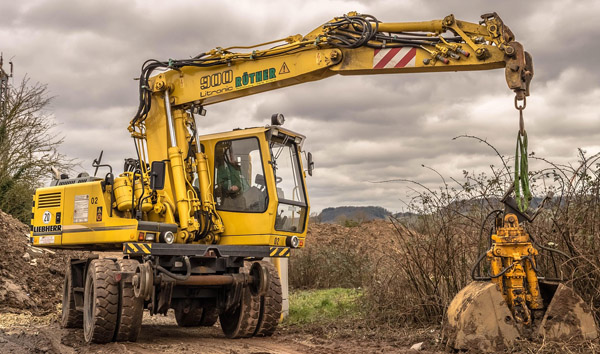The Evolution of Rough Terrain Forklifts in Modern Construction
2025-08-02 03:30:31
The construction site Rough Terrain Forklift has undergone significant advancements in recent years. With enhanced hydraulic systems and reinforced chassis designs, these machines can now handle loads exceeding 10,000 pounds while navigating challenging landscapes. Industry reports indicate a 15% year-over-year growth in the adoption of these forklifts, driven by their ability to improve efficiency in large-scale projects.
One of the key innovations in construction site rough terrain forklifts is the integration of telematics. Real-time data tracking allows operators to monitor fuel consumption, engine performance, and maintenance schedules remotely. This technology has reduced downtime by 22%, according to a 2023 study by the Construction Equipment Association. Additionally, GPS-enabled navigation ensures precise movement across sprawling job sites, minimizing operational delays.
Durability remains a top priority for manufacturers of rough terrain forklifts. High-strength steel frames and all-terrain tires provide stability on muddy, rocky, or uneven surfaces commonly found on construction sites. Recent tests show that modern models can operate efficiently in temperatures ranging from -20°F to 120°F, making them suitable for diverse climates. These features have solidified their reputation as a must-have for heavy-duty lifting.
Safety enhancements have also played a crucial role in the evolution of construction site rough terrain forklifts. Advanced load-sensing systems prevent tipping by automatically adjusting hydraulic pressure based on weight distribution. Furthermore, rollover protection structures (ROPS) and reinforced operator cabins have reduced workplace injuries by 30% in the past five years, according to OSHA data.
Looking ahead, electrification is set to transform the rough terrain forklift market. Battery-powered models are gaining traction due to lower emissions and reduced noise levels, aligning with sustainability goals in the construction sector. Analysts predict that electric variants will account for 25% of total sales by 2027, marking a significant shift in industry preferences. As construction sites continue to evolve, so too will the capabilities of these indispensable machines.














